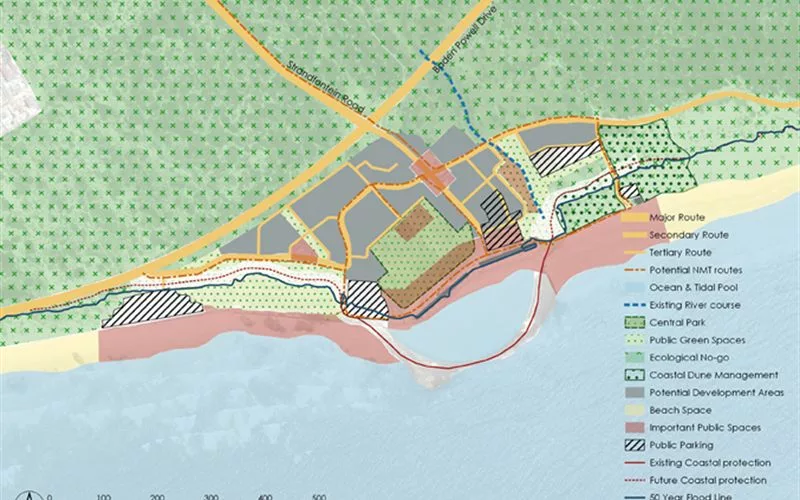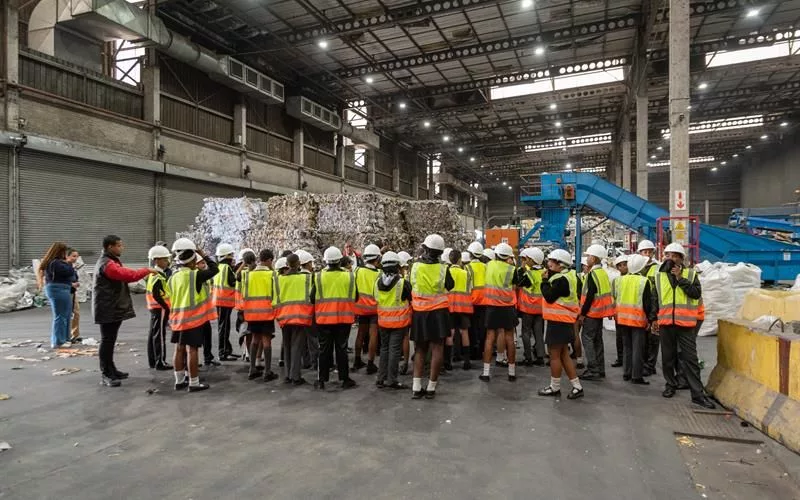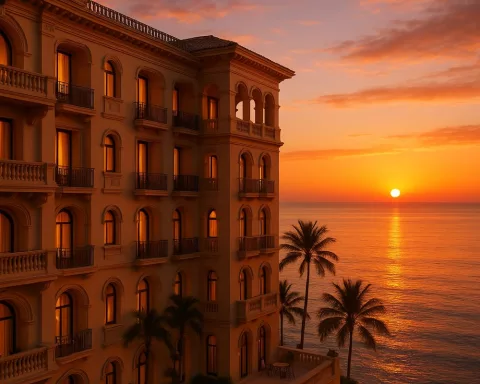The Strandfontein coastal node in Cape Town is set for a major developmental surge, with plans to create a vibrant, interconnected urban area that combines residential, retail and recreational spaces. The proposed development includes conference and hotel facilities, picnic areas, walkways and terraces, public spaces for markets, and the preservation and restoration of natural wetlands and dunes. An independent environmental consultant will ensure harmony with the environment, while residents are encouraged to participate in shaping the development, which aims to be a model of progress and environmental sustainability.
What is the proposed transformation for Strandfontein’s coastal node?
The proposed transformation for Strandfontein’s coastal node aims to develop a vibrant, interconnected urban node that beautifully amalgamates residential, retail, and recreational spaces. The plan includes the introduction of conference and hotel facilities, recreational zones featuring picnic areas, walkways, and terraces, a lively public space for markets, and the conservation and restoration of the existing natural wetland areas and dunes. An independent environmental consultant has been engaged to ensure harmonious integration with the environment.
Situated in the dynamic core of Cape Town, the vast expanse of Strandfontein’s coastal node is emerging as a hot spot for change. The city is priming itself up for a significant developmental surge and the Strandfontein coastal node, sandwiched between the False Bay coastline and Baden Powell Drive (R310), is prepared to participate in this stirring transformation. With foundations steeped in the city’s abundant history, the area, adorned with existing structures on its eastern side, stretches over a massive 19.5 hectares.
The proposed transformation aims at revolutionizing the existing state of the area. The plan is to develop a vibrant, interconnected urban node that beautifully amalgamates residential, retail, and recreational spaces. The proposed development includes the introduction of conference and hotel facilities, recreational zones featuring picnic areas, walkways and terraces, a lively public space for markets, and the conservation and restoration of the existing natural wetland areas and dunes.
Undoubtedly, this development necessitates environmental clearances, a crucial aspect that underpins the entire plan. To ensure a harmonious integration of the developmental activities with the environment, an independent environmental consultant has been engaged. The consultant is responsible for conducting a comprehensive environmental impact assessment (EIA), a mandatory requirement by the National Environmental Management Act for developments within 100m of the high-water mark.
Section 2: Inclusive Development and Environmental Considerations
This transformation is not only about advancement; it is about inclusivity. The City is committed to providing historically marginalized communities with significant access to these evolving coastal spaces. The goal extends beyond simple access; it aims to ensure these communities benefit from prospective growth and investments.
While the development process is proceeding at a brisk pace, there is a thoughtful attempt to ensure its impact on the area’s ecological and natural components is minimal. Alderman Eddie Andrews, the City’s Deputy Mayor and Mayoral Committee Member for Spatial Planning and Environment, emphasized that development should proceed with a strong sensitivity towards the environment and natural resources.
Section 3: Encouraging Public Participation and Future Prospects
To maintain a democratic and participatory process, residents are invited to actively participate in the dialogue. Their voices, insights, and suggestions play a pivotal role in shaping Strandfontein coastal node’s future. To enable their participation, various platforms have been made available. They can register as interested and affected parties, access background information about the proposed development online, and attend an open day to gain more information about this promising project.
The proposition to revolutionize the Strandfontein coastal node is undeniably thrilling. It aims to exploit Strandfontein’s unique location, which is beautifully contrasted by the stunning scenery of False Bay, the distant mountains, and sand dunes, while reimagining its potential. Merging housing and retail while consciously preserving the marine and natural environment allows for a comprehensive development approach without sacrificing the environment.
The conceptual development proposition for Strandfontein’s coastal urban node is a progressive step in terms of both development and environmental consciousness. With its prime location and the proposed inclusion of diverse facilities, the project aims to rejuvenate the area, making it a hub of activity throughout the year.
Residents are encouraged to review the proposition, register as interested parties, and submit their feedback by 14th December 2023. This is a unique chance for them to contribute to the shaping of a significant part of their city and express their views on a development that promises to be a perfect blend of progress and environmental sustainability.
1. What is the proposed transformation for Strandfontein’s coastal node?
The proposed transformation for Strandfontein’s coastal node aims to develop a vibrant, interconnected urban node that beautifully amalgamates residential, retail, and recreational spaces. The plan includes the introduction of conference and hotel facilities, recreational zones featuring picnic areas, walkways, and terraces, a lively public space for markets, and the conservation and restoration of the existing natural wetland areas and dunes. An independent environmental consultant has been engaged to ensure harmonious integration with the environment.
2. How is inclusivity being addressed in the transformation of Strandfontein coastal node?
The City is committed to providing historically marginalized communities with significant access to these evolving coastal spaces. The goal extends beyond simple access; it aims to ensure these communities benefit from prospective growth and investments.
3. What is being done to ensure minimal impact on the area’s ecological and natural components?
While the development process is proceeding at a brisk pace, there is a thoughtful attempt to ensure its impact on the area’s ecological and natural components is minimal. Alderman Eddie Andrews, the City’s Deputy Mayor and Mayoral Committee Member for Spatial Planning and Environment, emphasized that development should proceed with a strong sensitivity towards the environment and natural resources.
4. How can residents participate in the development process of Strandfontein coastal node?
Residents are invited to actively participate in the dialogue. Their voices, insights, and suggestions play a pivotal role in shaping Strandfontein coastal node’s future. To enable their participation, various platforms have been made available. They can register as interested and affected parties, access background information about the proposed development online, and attend an open day to gain more information about this promising project.
5. What is the role of the independent environmental consultant in the transformation of Strandfontein coastal node?
An independent environmental consultant has been engaged to ensure harmonious integration with the environment. The consultant is responsible for conducting a comprehensive environmental impact assessment (EIA), a mandatory requirement by the National Environmental Management Act for developments within 100m of the high-water mark.
6. How long do residents have to submit their feedback on the development of Strandfontein coastal node?
Residents are encouraged to review the proposition, register as interested parties, and submit their feedback by 14th December 2023.








